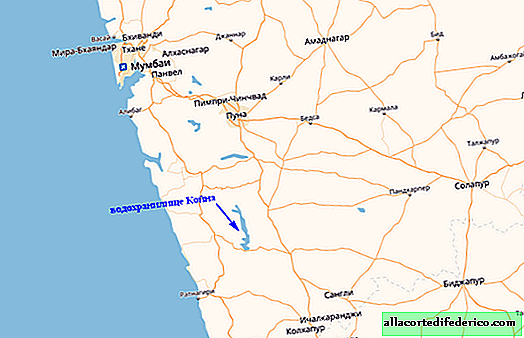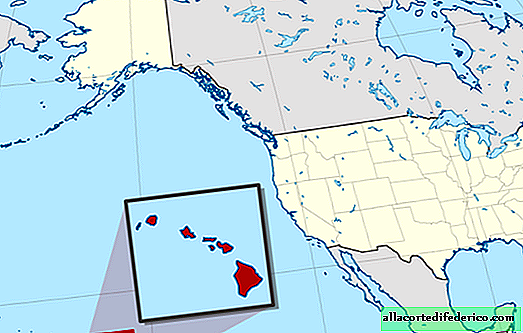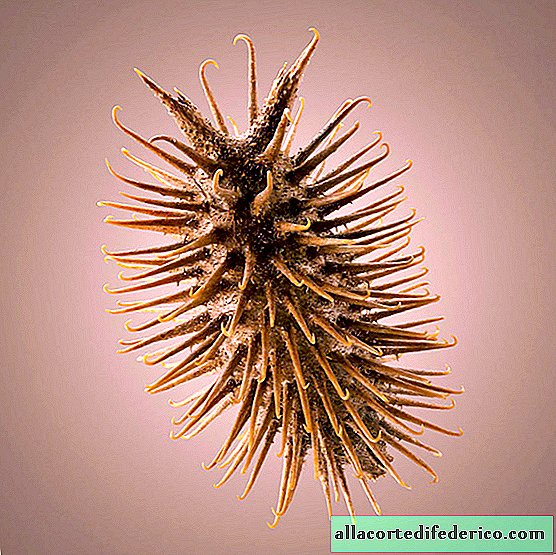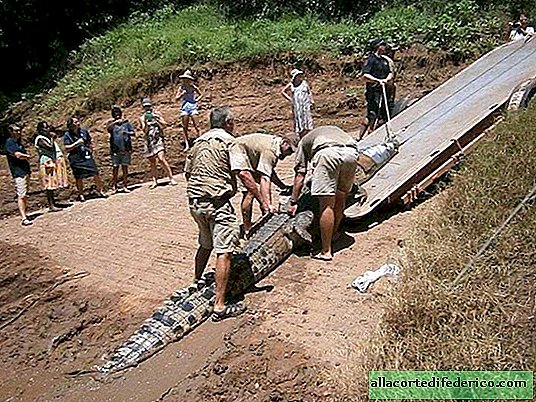Russia has its own Loch Ness monster
The famous Loch Ness monster has many relatives around the world. Each lake, in which at least some unusual evidence of the existence of creatures unknown to science is recorded, seeks to compete with glory with a Scottish pond. And Russia is no exception in this regard. In our country there are about 10 such lakes, but the most likely habitat for unusual aquatic animals is perhaps Lake Labynkyr, which is located on the territory of Yakutia.
This lake is located in the eastern part of the republic, in a remote and sparsely populated area of the Oymyakon district. There are no permanent settlements in the vicinity of the reservoir, and local residents try to bypass this lake on the way to hunting or fishing. The Yakuts living in this area believe that the "Labynkyr devil" lives in the lake, which is huge in size and able to emerge from the water. According to numerous stories, the monster repeatedly stole deer from careless travelers, turned over fishing boats and even attacked people who had lodged for the night on the shore of a reservoir. But all these stories could be attributed to the elements of folklore, if not for the evidence of participants in scientific expeditions.

In the middle of the last century, when geological expeditions explored the vast expanses of Yakutia in search of gold and other minerals, one interesting event occurred. Viktor Tverdokhlebov, head of the geological party of the East Siberian branch of the USSR Academy of Sciences, and Boris Bashkatov, a geologist in the summer of 1953, as part of an exploration expedition, were on the shores of Lake Labynkir and described in their travel diary a strange animal that they noticed in the waters of the lake. The monster, according to Tverdokhlebov, was gray in color, and the distance between the eyes reached 1 meter. Judging by the head, visible above the water, the lake dweller was large. The animal measuredly moved around the water body of the reservoir, diving and appearing on the surface, and geologists observed it for a long time. After that, the scientific community became very interested in a possible "Loch Ness" monster and several expeditions were sent to Labynkyr in different years. But, unfortunately, they could not find anything.
Nowadays, interest in the lake from the scientific community is only growing, research expeditions are periodically sent to it. Lake Labynkyr has a significant depth of 75 meters, and abnormal cracks and faults were found at its bottom. As a result of deep-sea diving, several underwater caves were also discovered that possibly connect the lake with other water bodies in the region. Just next door is another lake, called the Gate. According to local residents, these two lakes are interconnected by an underwater passage, the monster was also noticed by them in Lake Gate. It is interesting that, despite the location in the vicinity of the cold pole (to the village of Tomtor, the coldest place in Russia, only 100 km), the lake unusually freezes for a long time, and as a rule, it is not completely covered with ice even in 50-degree frosts. Scientists have not yet discovered warm keys and other objects that affect the delayed formation of ice.

In the fall of 1999, in an exploratory expedition which was located on the ice of the lake for an overnight stay, there was one unusual incident that again made us talk about the Labynkyr monster. Waking up in the morning, the researchers noticed that the husky dog disappeared without a trace, which remained to guard the boat at the water's edge. And on the ice of the lake from the camp to the wormwood with open water led a wide strip. It resembled a trail of dragging a large heavy object across the ice. Despite an active search, a four-legged friend was never found. And other traces, including dog ones, were also not found.
In the meantime, the scientific world is trying to determine what kind of unusual aquatic animal may belong, travelers and adventurers from around the globe go to Lake Labynkyr. These lands attract tourists not only with the legend of a strange creature, but also with incredibly beautiful landscapes.


















